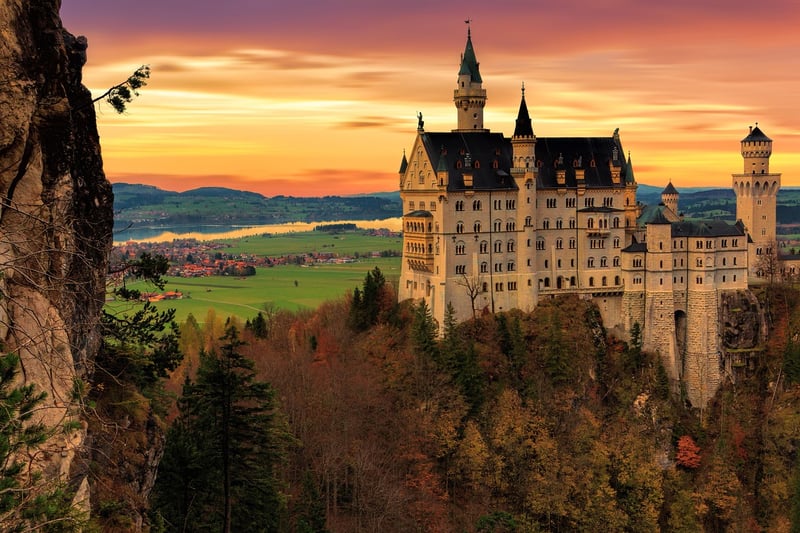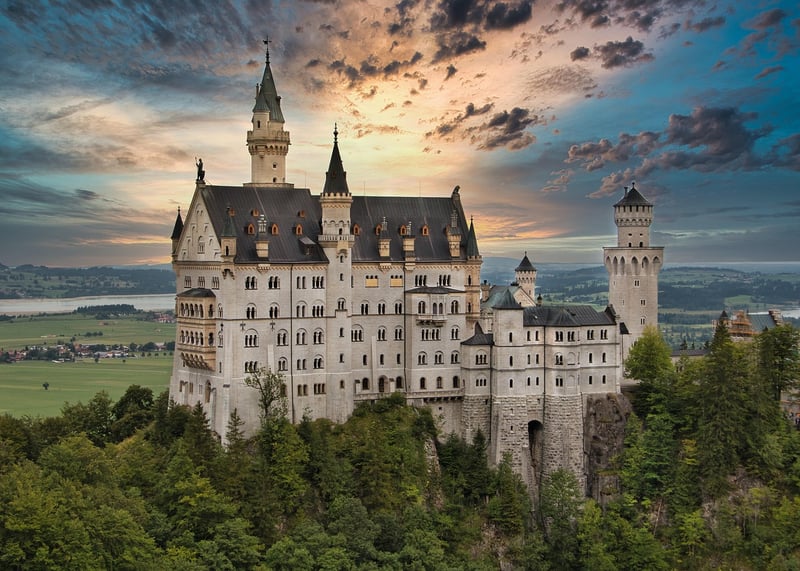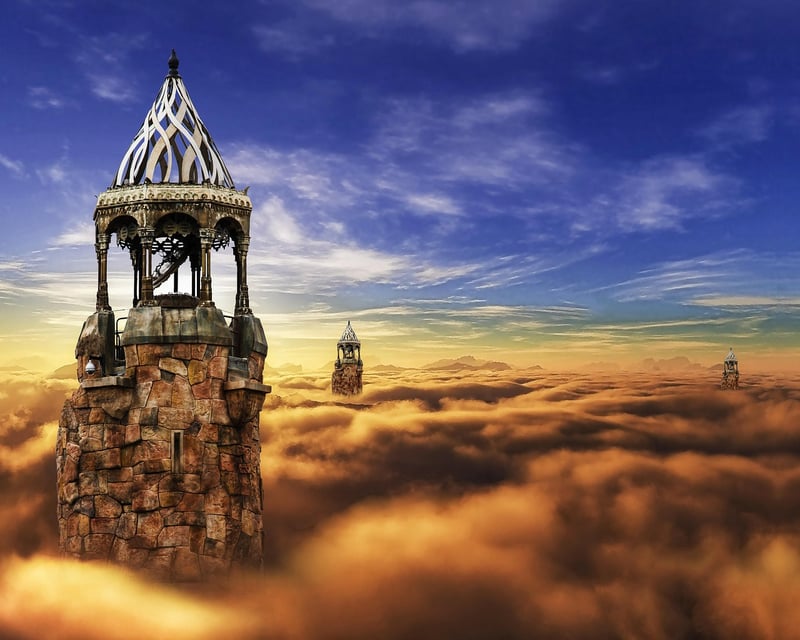Medieval Kingdoms
Unveiling the Mysteries of Medieval Kingdoms

Medieval kingdoms have always held a fascination for history enthusiasts, offering a peek into a world of chivalry, knights, and castles. Let's embark on a journey through time to uncover the secrets of these intriguing realms.
The Rise of Medieval Kingdoms
During the Middle Ages, Europe was divided into various kingdoms ruled by monarchs. These kingdoms were characterized by feudal systems, where land was exchanged for military service and loyalty. The feudal hierarchy consisted of kings, nobles, knights, and peasants, each playing a crucial role in society.
Life in a Medieval Kingdom
Life in a medieval kingdom was structured and hierarchical. The king held the highest authority, followed by the nobles who owned vast lands. Knights were skilled warriors who pledged their loyalty to the king in exchange for land, while peasants worked the land and provided food and services in return for protection.
Castles: Fortresses of Power
Castles were the cornerstone of medieval kingdoms, serving as both defensive structures and symbols of power. These imposing fortresses housed the nobility, provided protection during times of war, and served as centers of administration.

Legacy of Medieval Kingdoms
The legacy of medieval kingdoms can still be seen today in various aspects of modern society. Concepts of chivalry, heraldry, and the feudal system have left a lasting impact on art, literature, and even popular culture.
Exploring Medieval Kingdoms Today
Many medieval castles and ruins are open to visitors, offering a glimpse into the past and allowing us to experience the grandeur of these historic sites. Museums and reenactment events also bring the medieval world to life, providing an immersive experience for history buffs.
Embark on your own adventure to uncover the secrets of medieval kingdoms and immerse yourself in a world of knights, castles, and intrigue.
Sources: History.com, Ancient.eu
